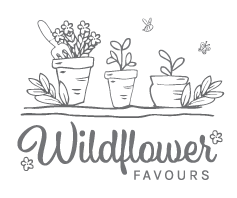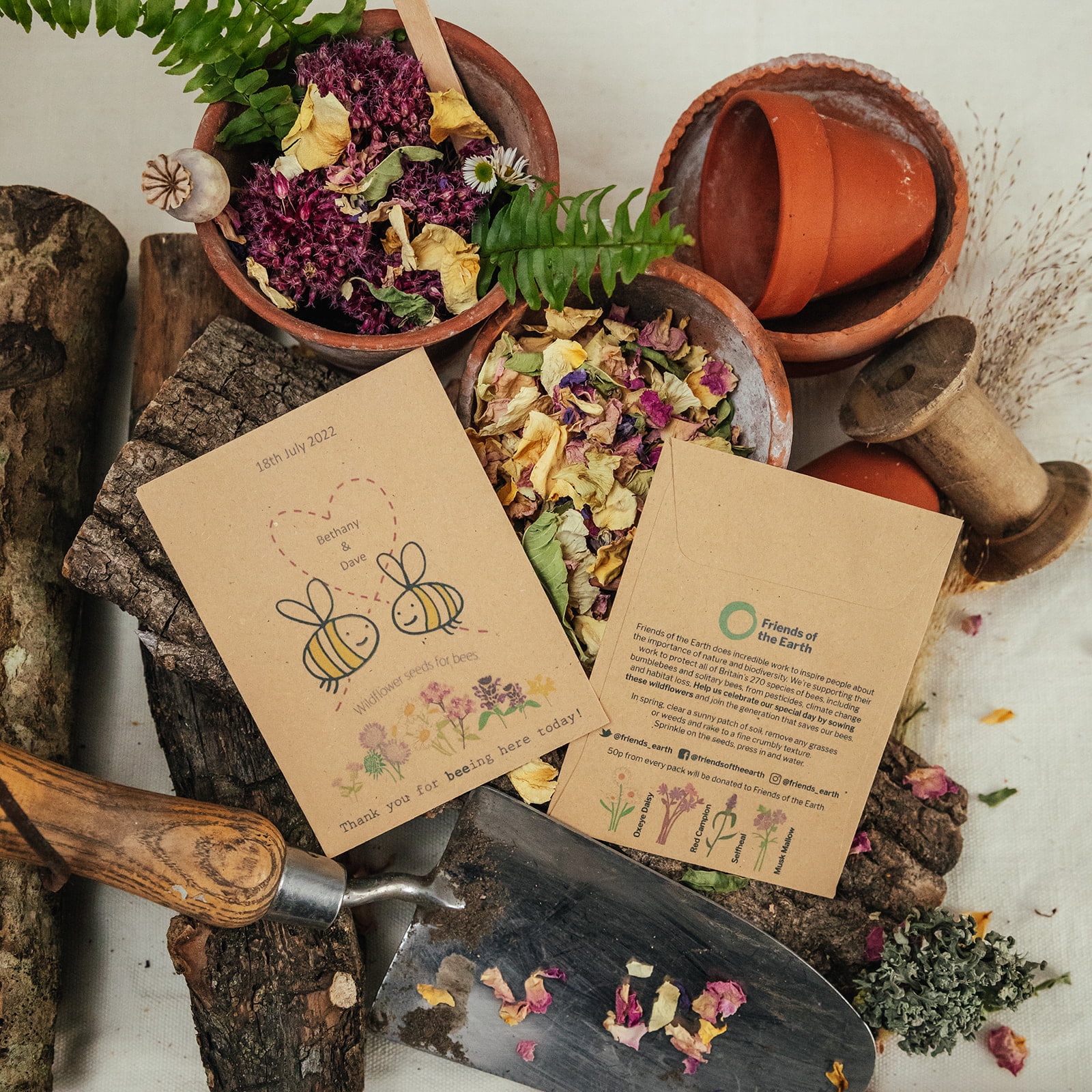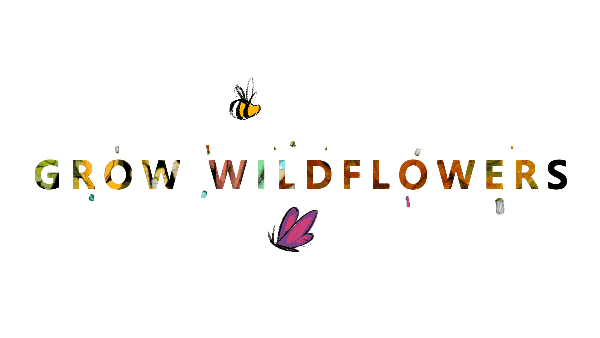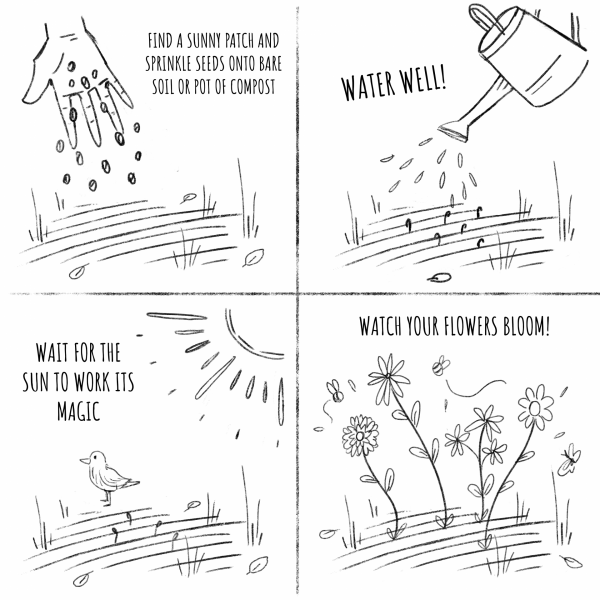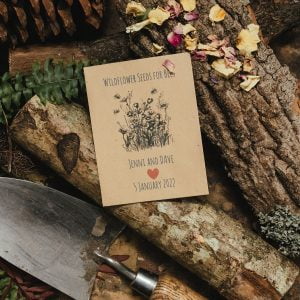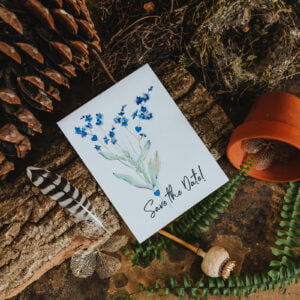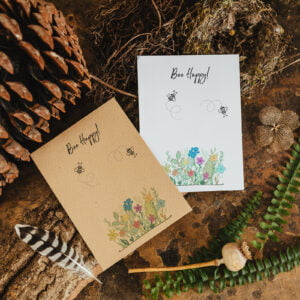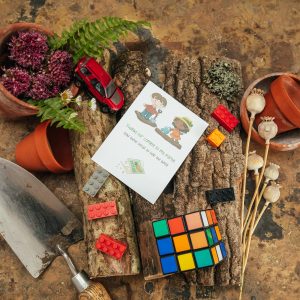Description
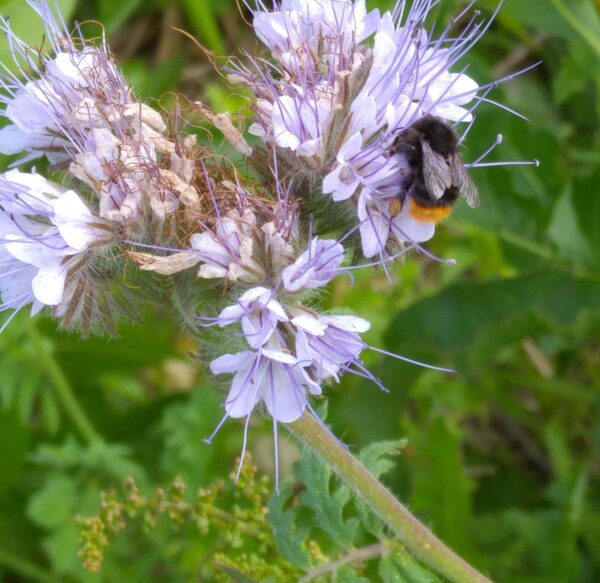 We are thrilled to be working with Friends of the Earth in supporting their Bee Cause campaign with these charity wedding favours. Friends of the Earth stand for:
We are thrilled to be working with Friends of the Earth in supporting their Bee Cause campaign with these charity wedding favours. Friends of the Earth stand for:
- A beautiful world
We depend on the planet, so let’s keep it in good shape. - A good life
A healthy planet is one that works for people too. - A positive relationship with the environment
Acting together for the planet and everyone who lives on it.
Bees are vital for the future of our planet. Friends of the Earth are supporting the Bee Cause to protect all of Britain’s 270 bee species from pesticides, climate change and habitat loss. By buying these Friends of the Earth seed packets as your wedding favours you, too, are helping save bees. For every charity wedding favour seed packet sold, we will donate 50p to Friends of the Earth, charity number 281681.
Friends of the Earth are also campaigning to ban the use of pesticides in nature – please sign their petition here if you want to help stop the use of pesticides in the countryside. In a trial, an area the size of 3000 football pitches proved that neonicotinoid chemical harm bees. Farmers need bees – it would cost the farming industry £1.8 billion to pollinate their crops without bees.

The seed packets are made from quality, 115 gsm, recycled manilla paper and contain Selfheal, Lesser Knapweed, Ox-eye Daisy and White Campion seeds in a paper sachet (not plastic and foil) – all wildflowers that bees love. Your personalisation details are added to the front of the packet – please advise these in tthe box above.
By planting seeds for our native bees, you are helping Nature in so many ways. By giving your guests these seeds you are also encouraging more people to grow wildflowers to help the bees. Grow the wildflower love!
“Excellent wedding favours. Prompt delivery. Lots of comments from guests who loved them.” (happy customer review!)
About the Seeds
White Campion
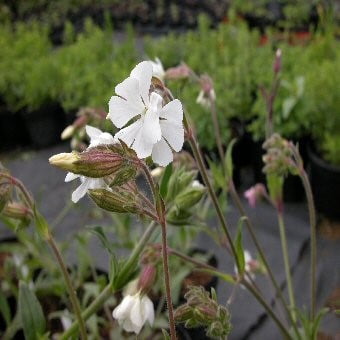
This pretty wildflower is found open wasteground, hedgerows and meadows. It produces a proliferation of white flowers from May to September – great value for money!
Latin name – silene latifolia
Height – 90 cm
Habitat – semi-shade or sun
Perennial
Flowering time – May to October
White Campion is also a popular moth plant, attracting Marbled Coronet, Marbled Clover and Sandy Carpet moths.
Selfheal
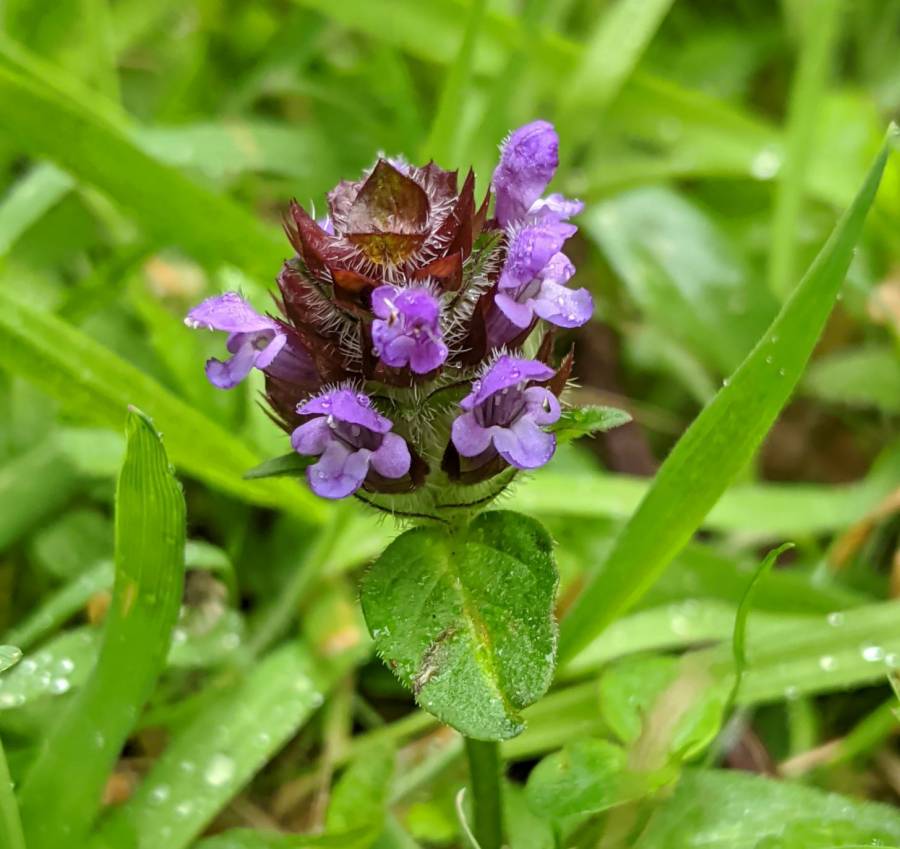 Selfheal is low-growing, often found in lawns and grassland, meadows and road verges in the wild, growing in patches of purple. In folk medicine it was thought that Selfheal was good for treating sore throats because its flower head resembles a throat. Also known as All-heal and Carpenter Herb, among many others.
Selfheal is low-growing, often found in lawns and grassland, meadows and road verges in the wild, growing in patches of purple. In folk medicine it was thought that Selfheal was good for treating sore throats because its flower head resembles a throat. Also known as All-heal and Carpenter Herb, among many others.
Latin name – prunella vulgaris
Height – 20 – 30 cm
Flowering time – June to October
Perennial
Habitat – sunny
Particular bees that love Selfheal – bumblebees and honeybees.
Lesser Knapweed
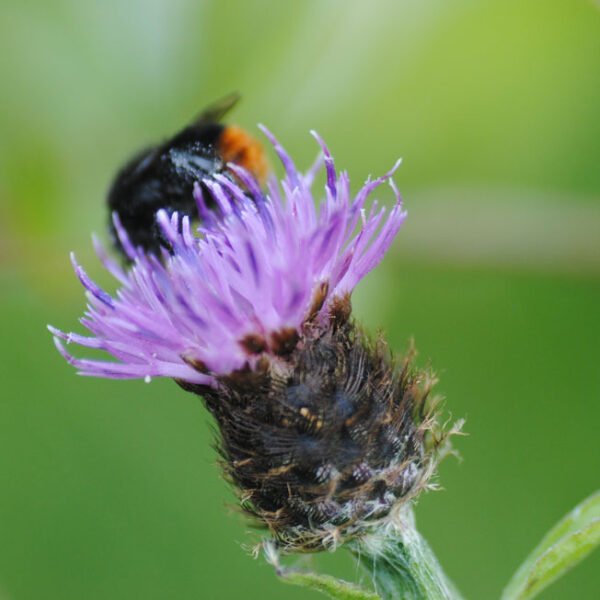
Hardy perennial and member of the Daisy family, found on cliffs and grassland. It has deep-pink, many-petalled flowers opening out from a hard bud. Grows to 65 cm (25.5 in). It is tolerant of coastal conditions and fairly drought-resistant. Flowers all summer.
Bees are very attracted to Lesser Knapweed! The plant attracts butterflies – particularly Tortoiseshell and Painted Ladies, Satyr Pug, Silver Y and Lime Speck Pug moths, and birds like the seeds. Other butterflies – Comma, Silver Washed fritillary, Marbled White, Meadow brown, Ringlet, Small Skipper, Essex Skipper, Silver Spotted Skipper, Chalkhill Blue, Adonis, Brimstone.So, all in all, a very useful plant for pollinators!
In folklore it is claimed that if a maiden picks a flower, removes the expanded florets and places the flowerhead inside her blouse for an hour, if the unexpanded florets have blossomed when the plant is removed then she will soon see the man she is to marry.
Was used in medieval times to treat vaginal bleeding and cancer. Lesser Knapweed root can be made into an ointment to treat cuts and bruises. Please note – this is for info only, always consult a qualified herbal practitioner before using!
Latin name – centaurea nigra
Height – 65 cm
Perennial
Habitat – sunny
Flowering time – May to September
Ox-eye Daisy
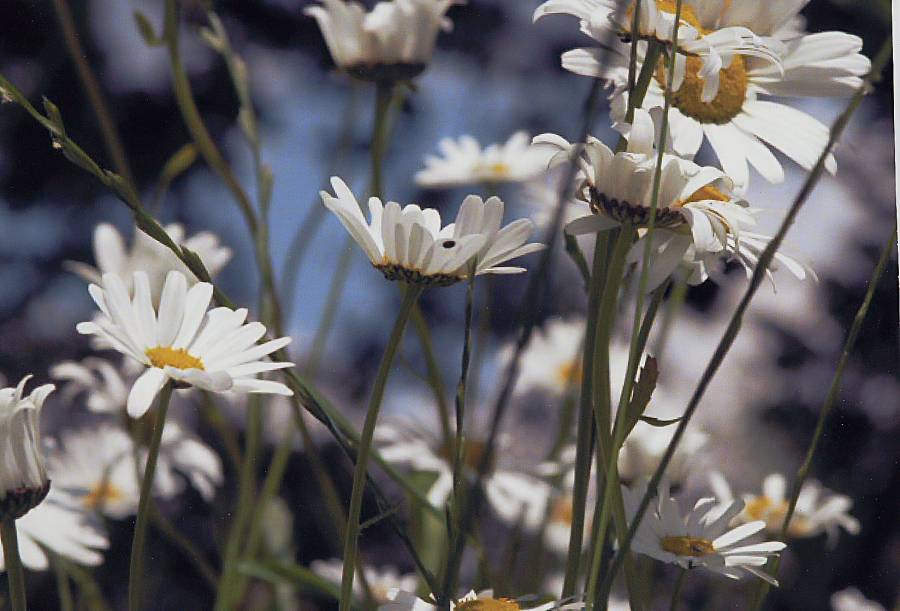 As the name suggests, this wildflower has yellow and white daisy flowers – but these are bigger than your common lawn daisy! Very common on roadside verges, meadows and grassland. Another prolific self-seeder, if you leave the flowerheads on after flowering is over, you will have Ox-eye Daisies everywhere the following year! Hoverflies and beetles also particularly love Ox-eye Daisies!
As the name suggests, this wildflower has yellow and white daisy flowers – but these are bigger than your common lawn daisy! Very common on roadside verges, meadows and grassland. Another prolific self-seeder, if you leave the flowerheads on after flowering is over, you will have Ox-eye Daisies everywhere the following year! Hoverflies and beetles also particularly love Ox-eye Daisies!
Latin name – leucanthemum vulgare
Height – 60 cm
Perennial
Habitat – sunny
Flowering time – May to September
Particular bees that like Ox-eye Daisy – short-tongued bumblebees, solitary bees (such as mining bees – Andrena, Colletes and Halictus species) and some small black stem-nesting bees, such as Hylaeus species

